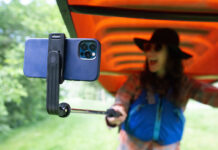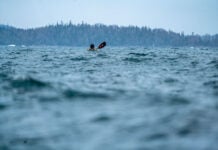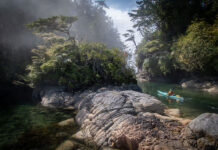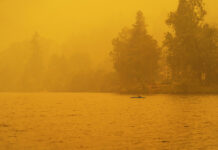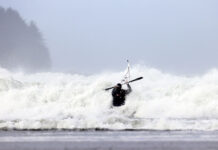Starting with little league trophies and Girl Guide badges and ending with degrees, diplomas and certificates—external recognition is a driving force in many realms of life.
Courses and certificates can inspire us to learn, to challenge ourselves and to grow as individuals. However, courses alone are not a guaranteed pathway to proficient paddling, just as they are not sufficient to the mastery of Greek philosophy, culinary arts or race car driving. If we depend blindly on external experts and occasional courses to develop our skill and understanding, we are doing each other and ourselves a great disservice.
Not so long ago, I taught an intermediate sea kayaking course. One of the participants hadn’t been in a boat since completing a basic course a year earlier. This participant hadn’t paddled all year and could not reliably demonstrate even fundamental skills like a simple assisted rescue— yet still expected to pass on to the next level.
Now don’t get me wrong—I love to teach. I am happy to take the time to introduce, review and practice skills, but in a four-day course the time is limited. I had to fail the astonished individual because I could not in good faith send them forth into the world as a certified intermediate kayaker when they didn’t meet basic criteria for competently taking care of self and others.
Certification courses are a wonderful tool, but they are only the tip of the iceberg of knowledge, experience and ongoing practice that makes up a strong, versatile paddler. Much of the responsibility falls on individuals to actually practice and regularly apply their skills outside of courses.
Blame society for our collective lack of ownership over our own strengths and shortcomings. We no longer have a culture of apprenticeship and mentoring. We are used to buying certificates and diplomas, being handed a pass, instant gratification—rather than putting true dedication, time and energy into good old-fashioned practice.
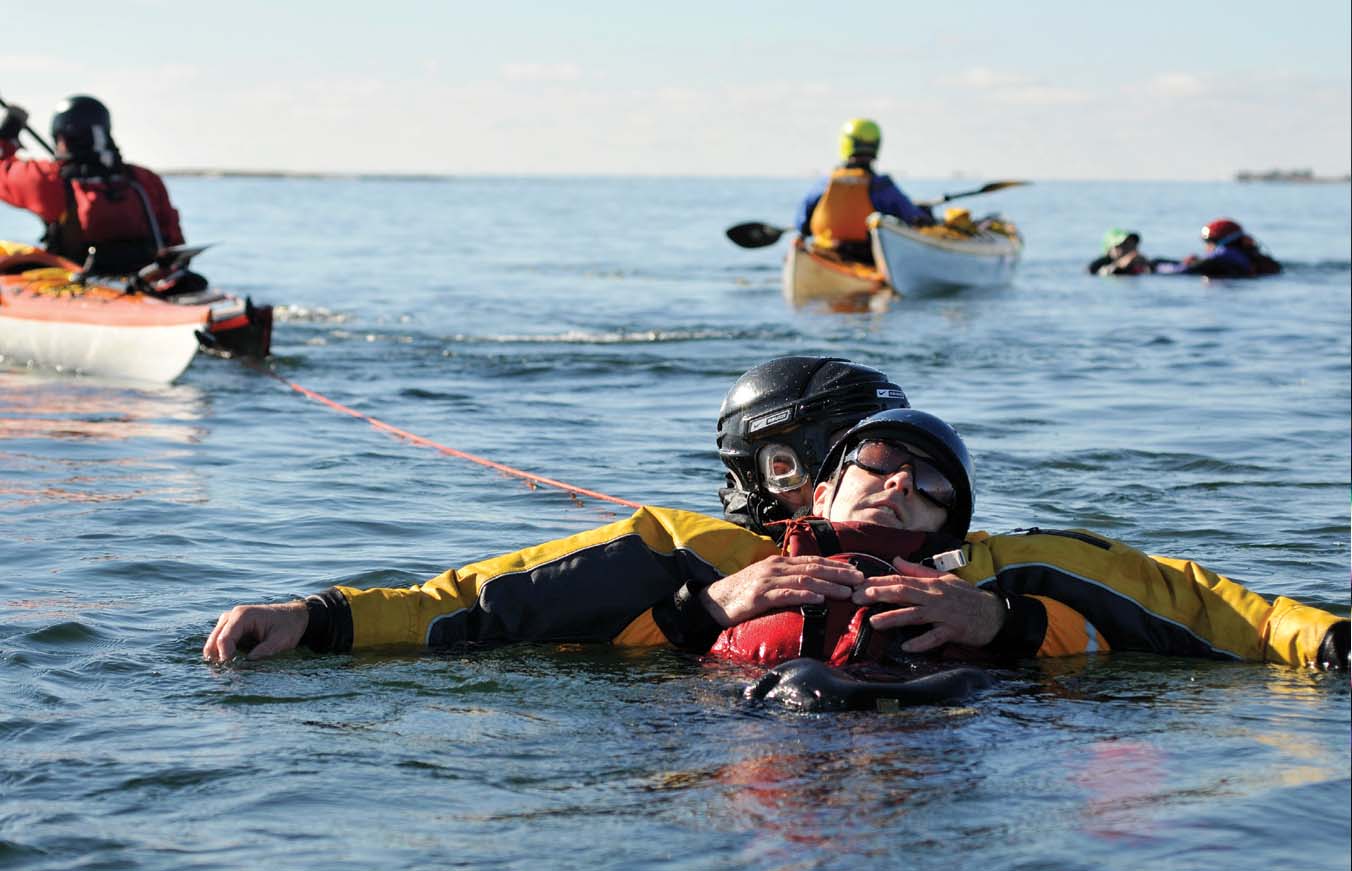
PHOTO: VIRGINIA MARSHALL
A friend was recently rewiring his house. I asked how he’d learned to do this, expecting a story about helping an old family friend or assisting a trusted neighbor with a similar renovation. No, he assured me, a YouTube video had taught him all he needed to know. Next time I saw him, he had burn marks on his hand and had decided to hire an electrician.
Sometimes what we don’t know can be very dangerous indeed. A couple years ago I was enjoying a post-paddling dinner of fish and chips at a popular waterside eatery. It was early in the season and the water was just a few notches above freezing. Across the bay, I noticed a kayaker paddling out. I remember wondering at his lack of gear, but I was too far away to get his attention. I guessed he was heading to a nearby cottage and gave him no further thought. The following day, I heard that same kayaker had been found capsized and drifting out to open water, unable to get back in his boat. Through incredible luck or fate, the local marine unit happened to be out for a practice session and picked him up.
Psychologists talk about four levels of competence in any skill or area of expertise. The first is unconscious incompetence, where we don’t even know what we don’t know. As we gain a bit more experience in a field, we become aware of what we don’t know and thus reach the second stage: conscious incompetence. With practice and further experience, we can make informed decisions and apply our skills and move to the third level: conscious competence.
When we truly master a skill and know how to apply it instinctively and intuitively in dynamic conditions, we reach the forth level: unconscious competence. Unconscious competence allows us to make instinctive responses such as bracing in rough water, automatically compensating for current, or instantly going to the bow of a capsized kayak rather than wasting time blundering around the wrong end.
While in the throes of appendicitis, we don’t want a doctor who’s fumbling with the scalpel, trying to remember details from a course a few years ago. We want decisiveness, competence, good judgment and the ability to perform under pressure. These are the same attributes we as kayakers should seek to develop in our padding partners and ourselves. Of course, we’ll also happily take a friend paddling for the first time, with no expectation of any rescue skills, but if this friend intends to continue kayaking, we should all take our turn in the water to practice rescues together.
Paddlers have different goals: relaxation, fitness, wilderness expeditions, time for personal reflection or socializing with friends. Some may claim they’ve already learned all they need to for their purposes—but can they do that roll or self-rescue when they’re cold? Tired? In waves? Blindfolded? There are always new ways we can challenge ourselves and stretch our skills.
“Certification courses are only the tip of the iceberg of knowledge, experience and ongoing practice that makes up a strong, versatile paddler.”
Practice can take many forms—attending symposiums, enrolling in courses and paddling with friends—but it needs to be ongoing. Ideally we find a group of paddlers with compatible skill level and risk assessment and spend time in conditions that can push us beyond familiar habits.
I have a kayaking friend who practices a roll and rescue every time he goes paddling, sunshine or snowstorm. I immensely admire his diligence, even as I happily go out of my way to keep my head warm and dry for the winter months. If he ever needs to use his skills in serious conditions, I think it’s safe to say he’ll be more prepared than most.
Once, for a month, I practiced 10 rolls a day on each side—by the end, I couldn’t remember which was my offside. Just a couple weeks later, I ended up swimming after surfing and getting flipped out of the boat before I could catch myself on the thigh braces. A good reminder to paddle a well-fitting boat, and that no amount of practice will ever prepare us completely for the unexpected. Chances are there are more interesting swims in store for me.
Practice brings us competence, joy, fluidity and the ability to move confidently in different conditions. There will always be more to practice and certification courses can be valuable tools for honing in on specific skills, receiving expert advice and stretching our comfort zone in a safe and supportive environment. But no matter how many letters and numbers they add to our credentials, they should never be our sole source of experience.
Charlotte Jacklein learned to kayak with her high school outdoor club, where she and her fellow participants spent a disproportionate amount of time upside down.
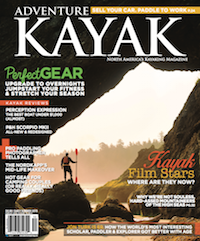
Subscribe to Paddling Magazine and get 25 years of digital magazine archives including our legacy titles: Rapid, Adventure Kayak and Canoeroots.



